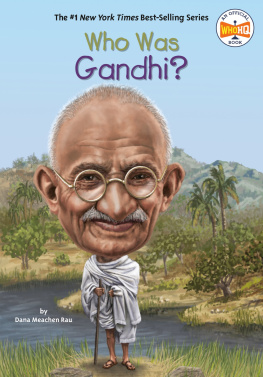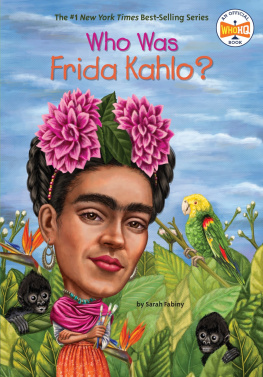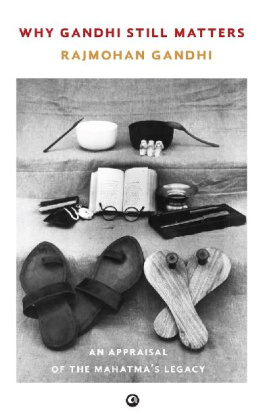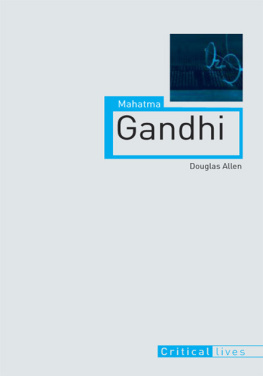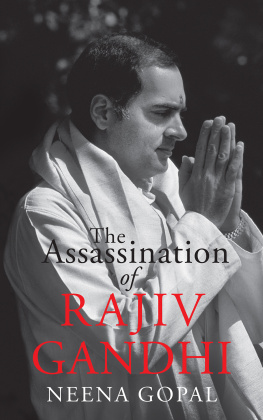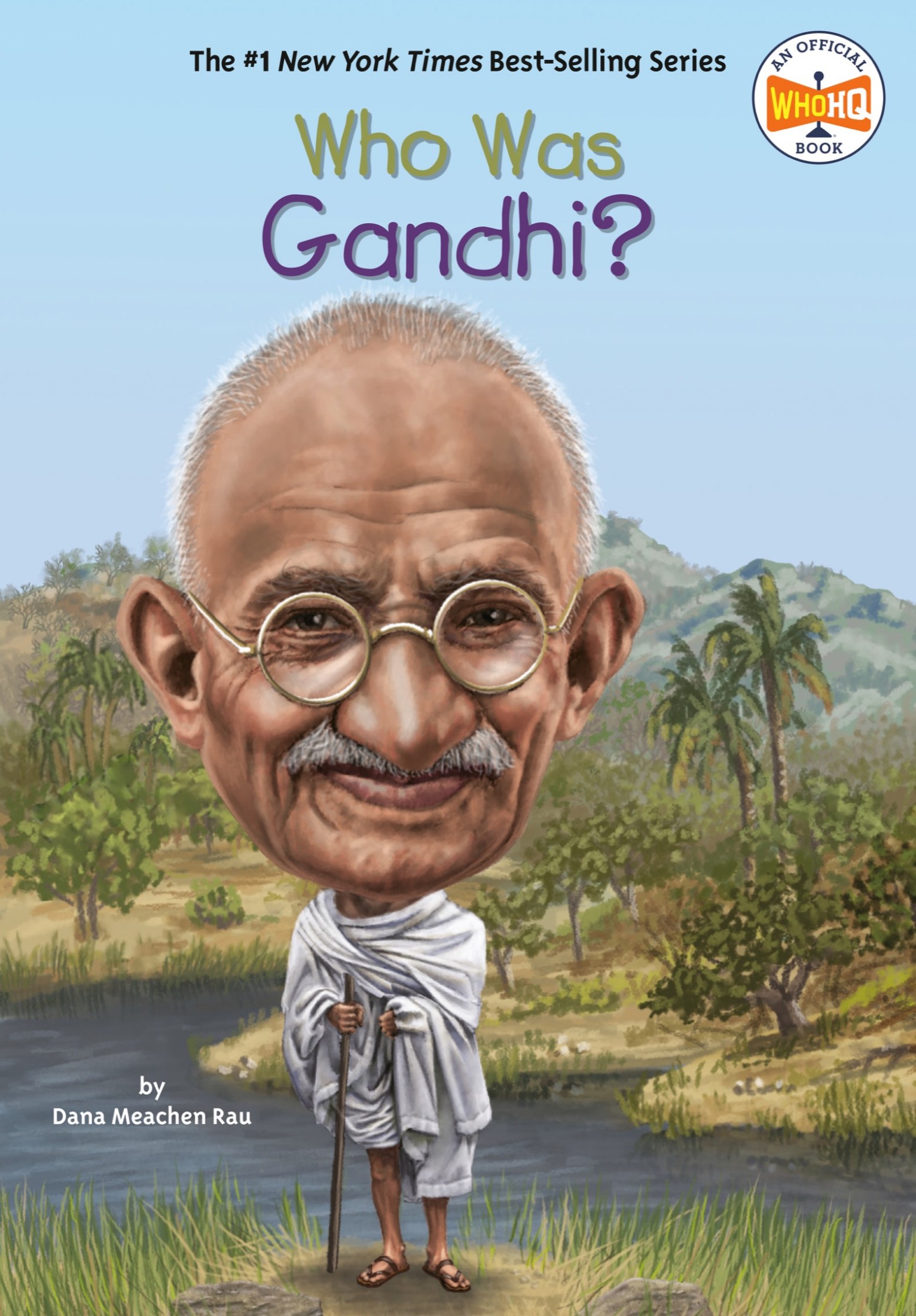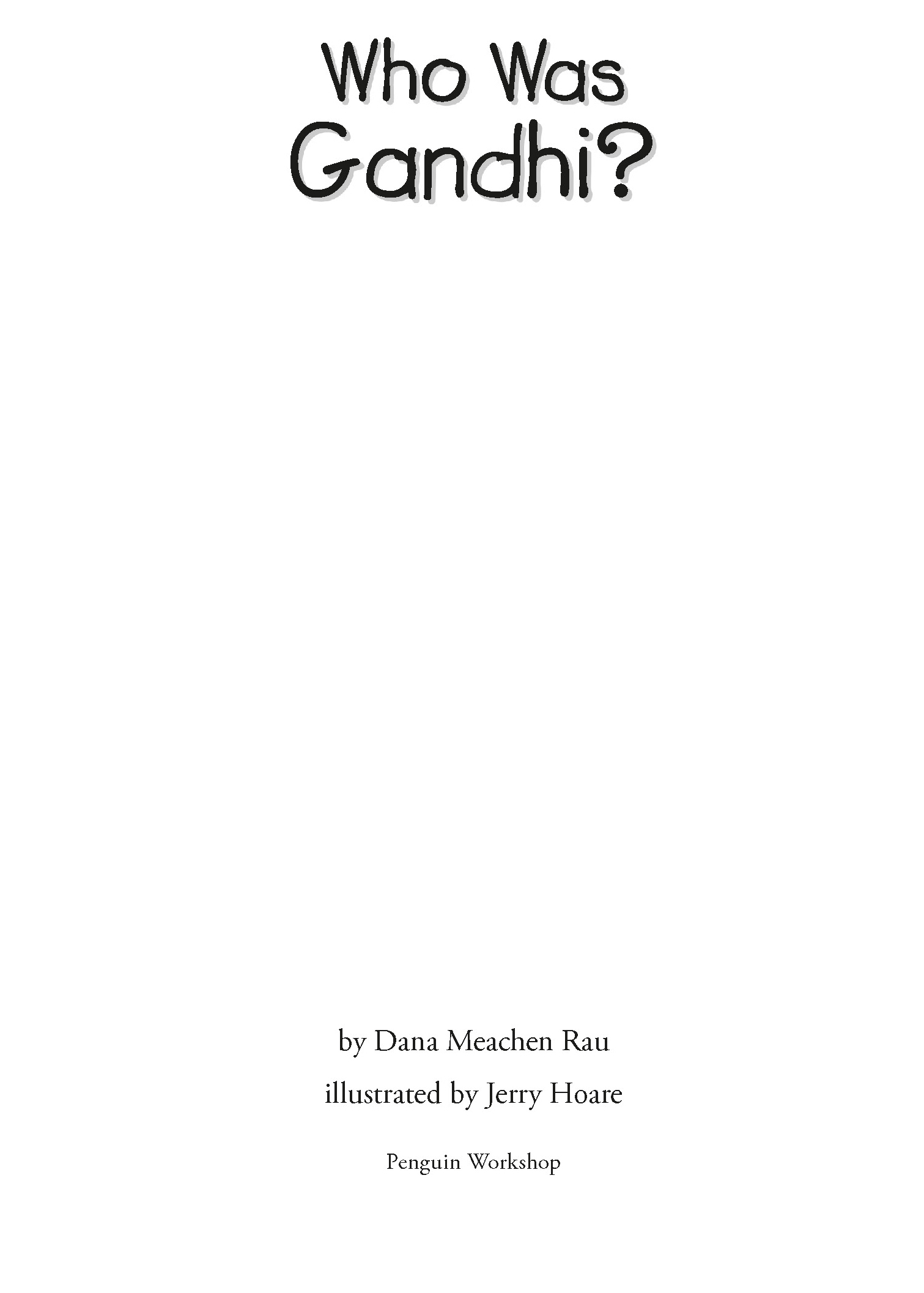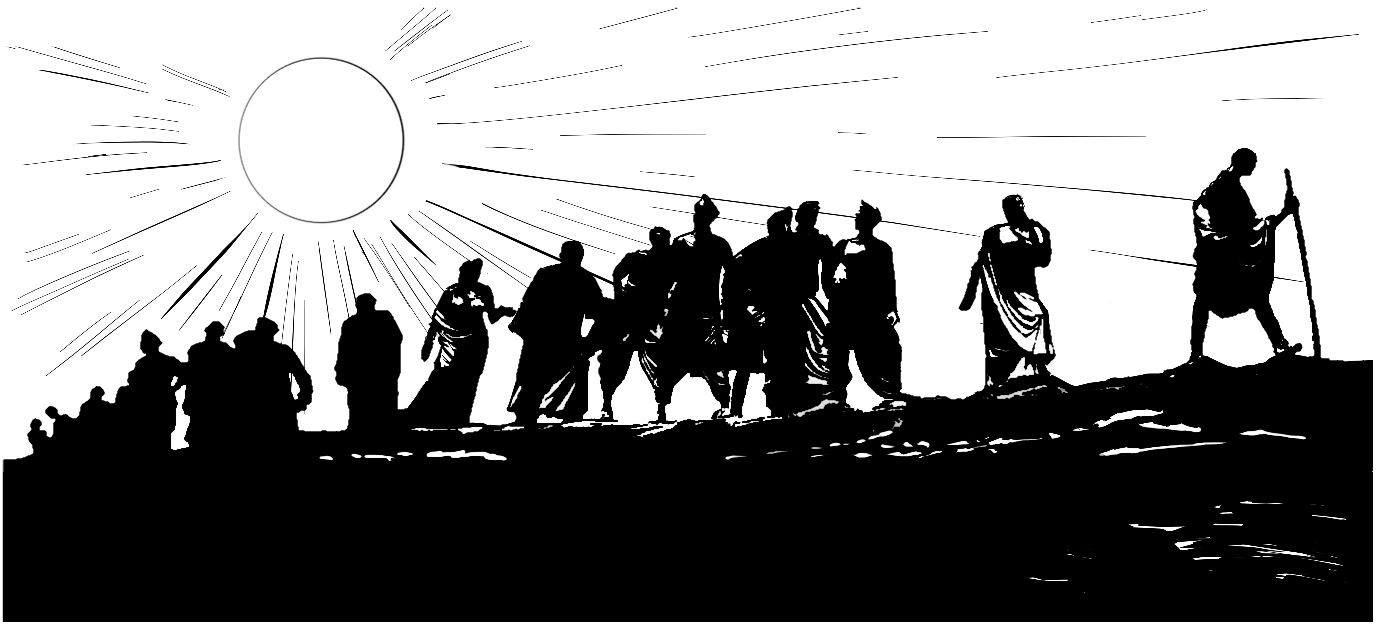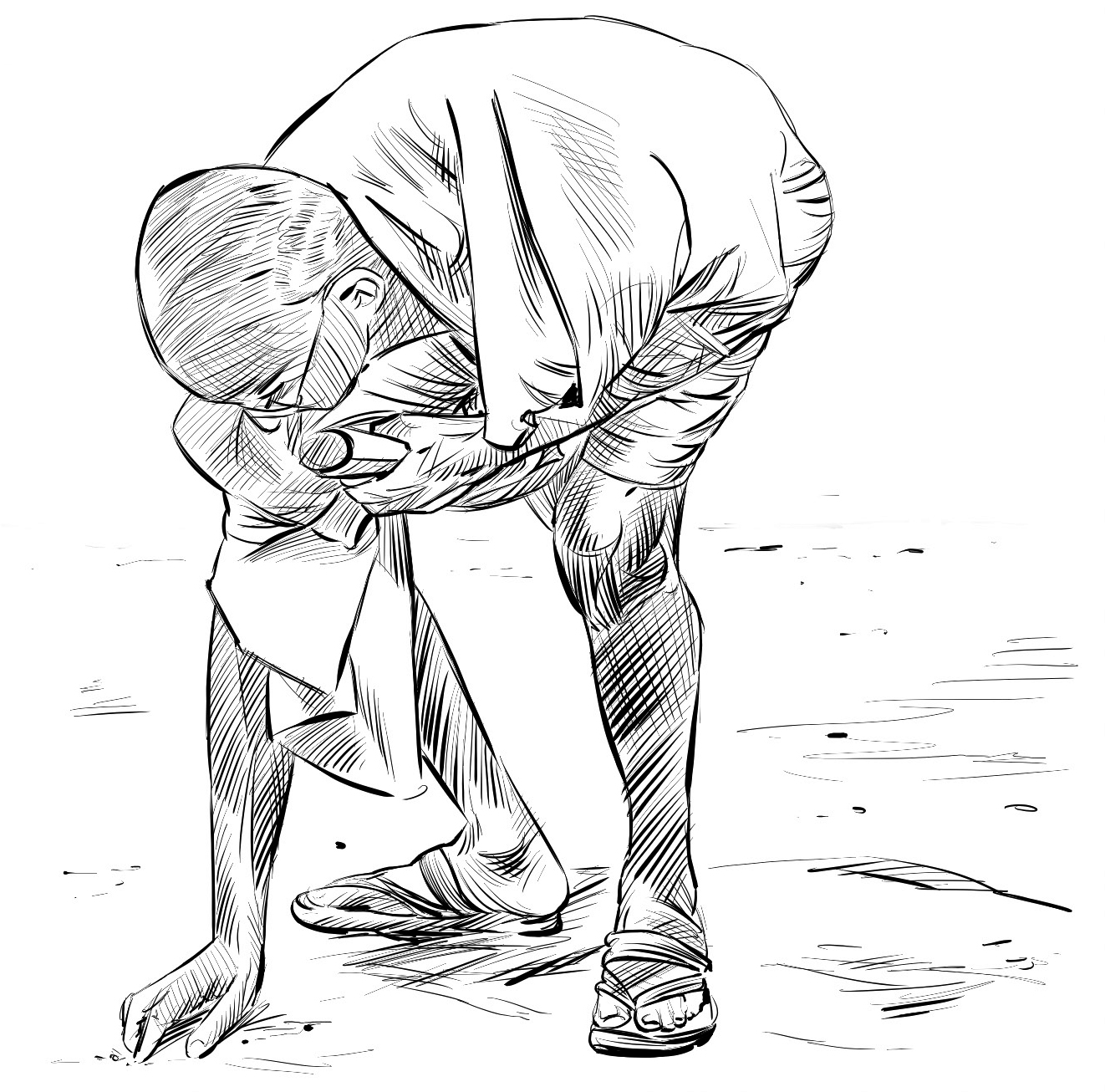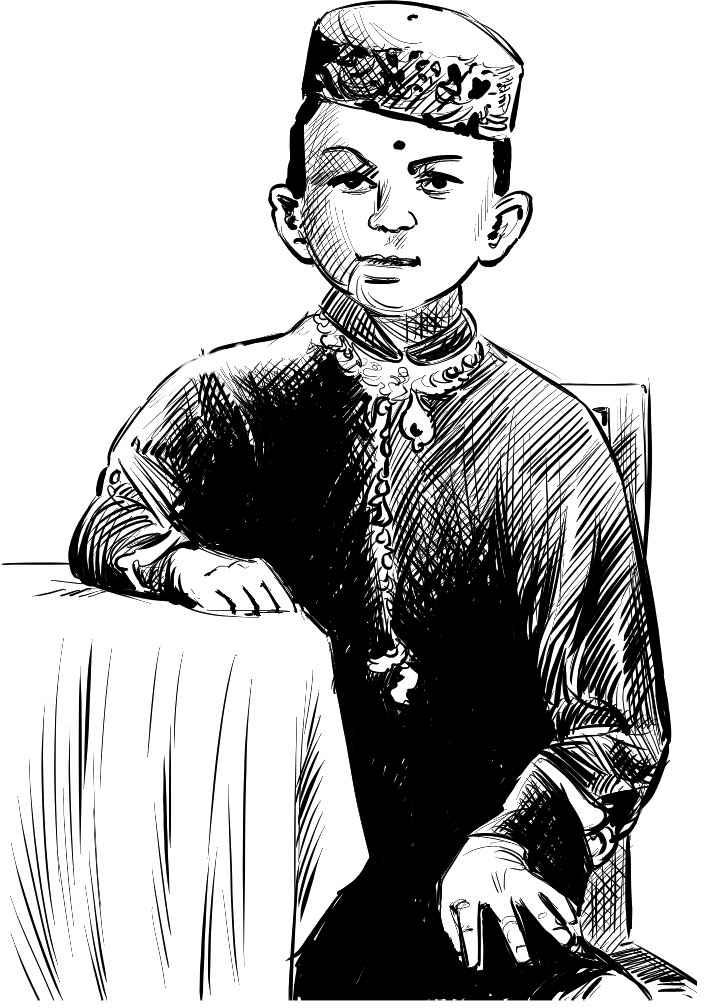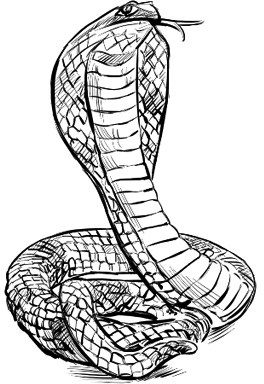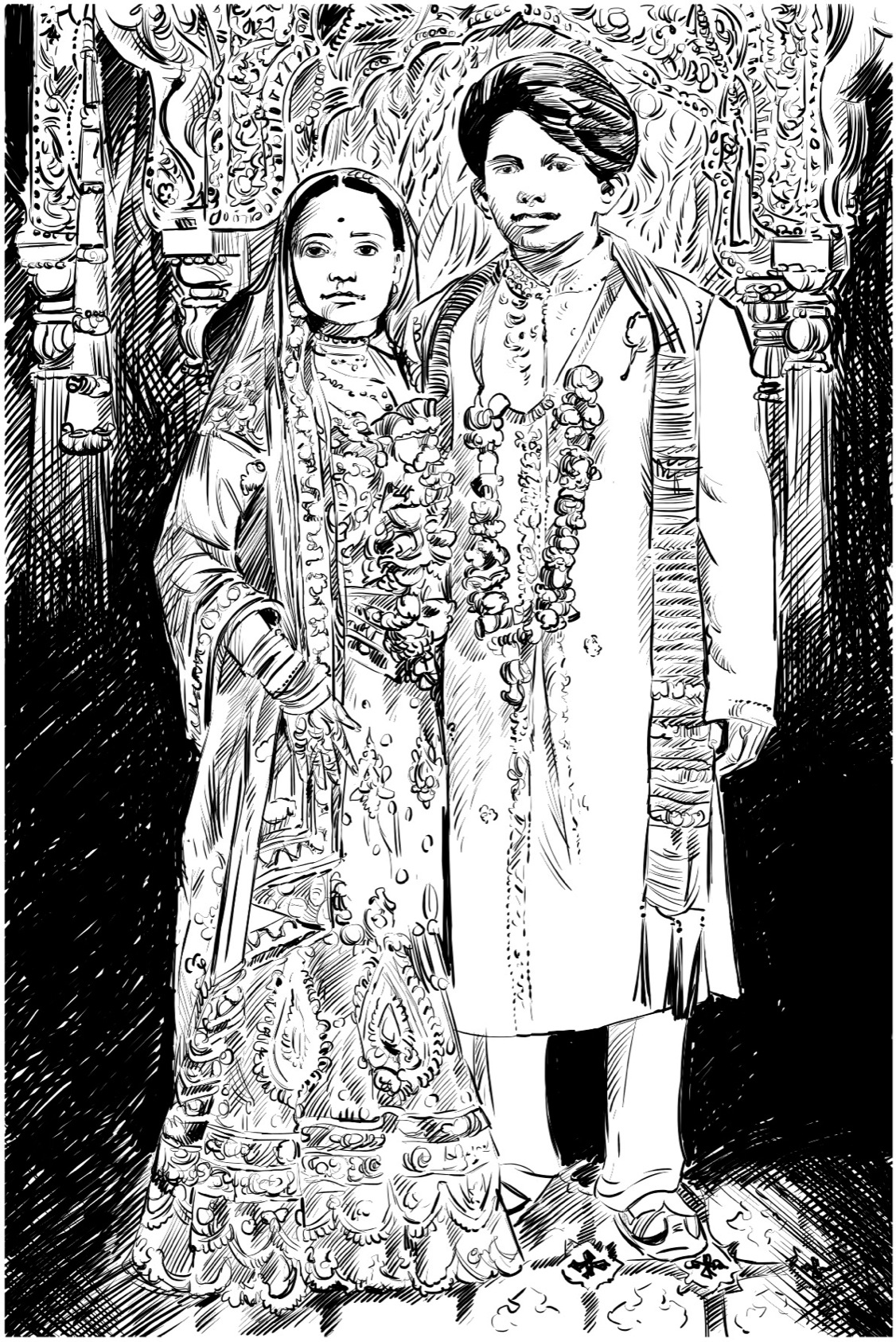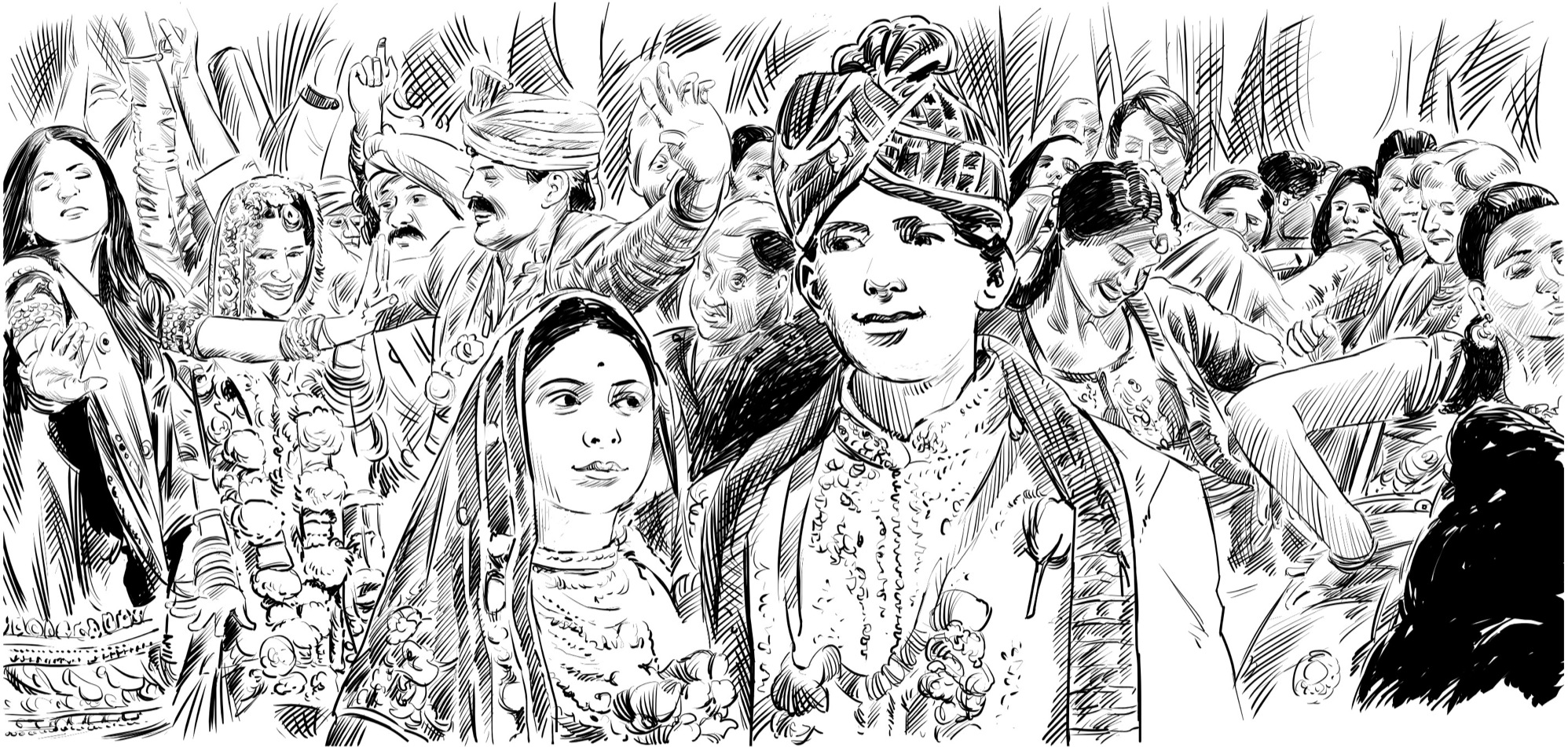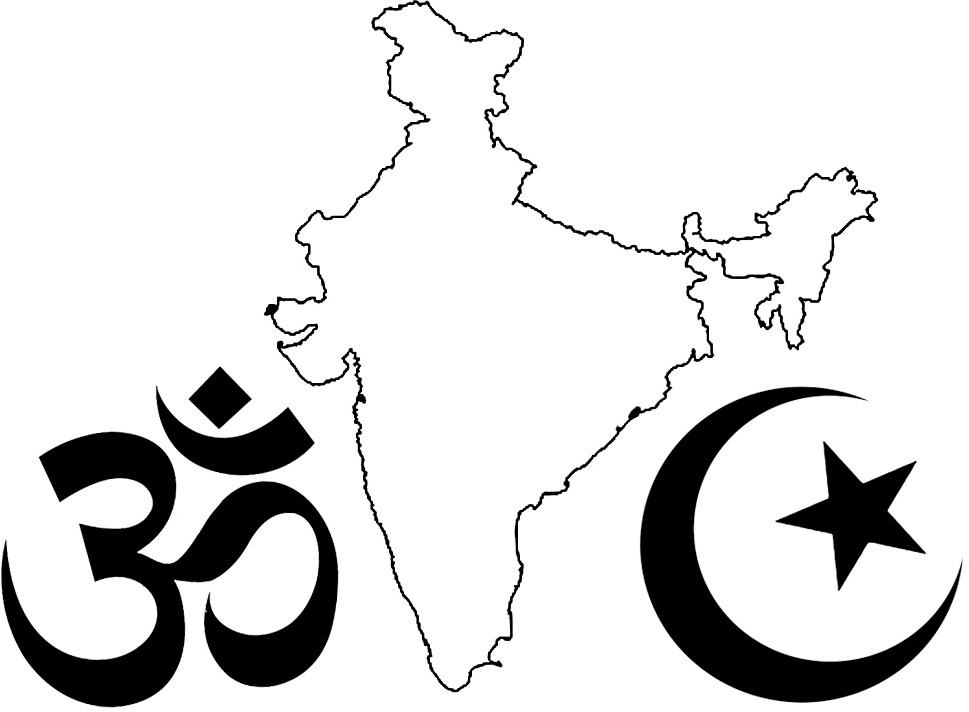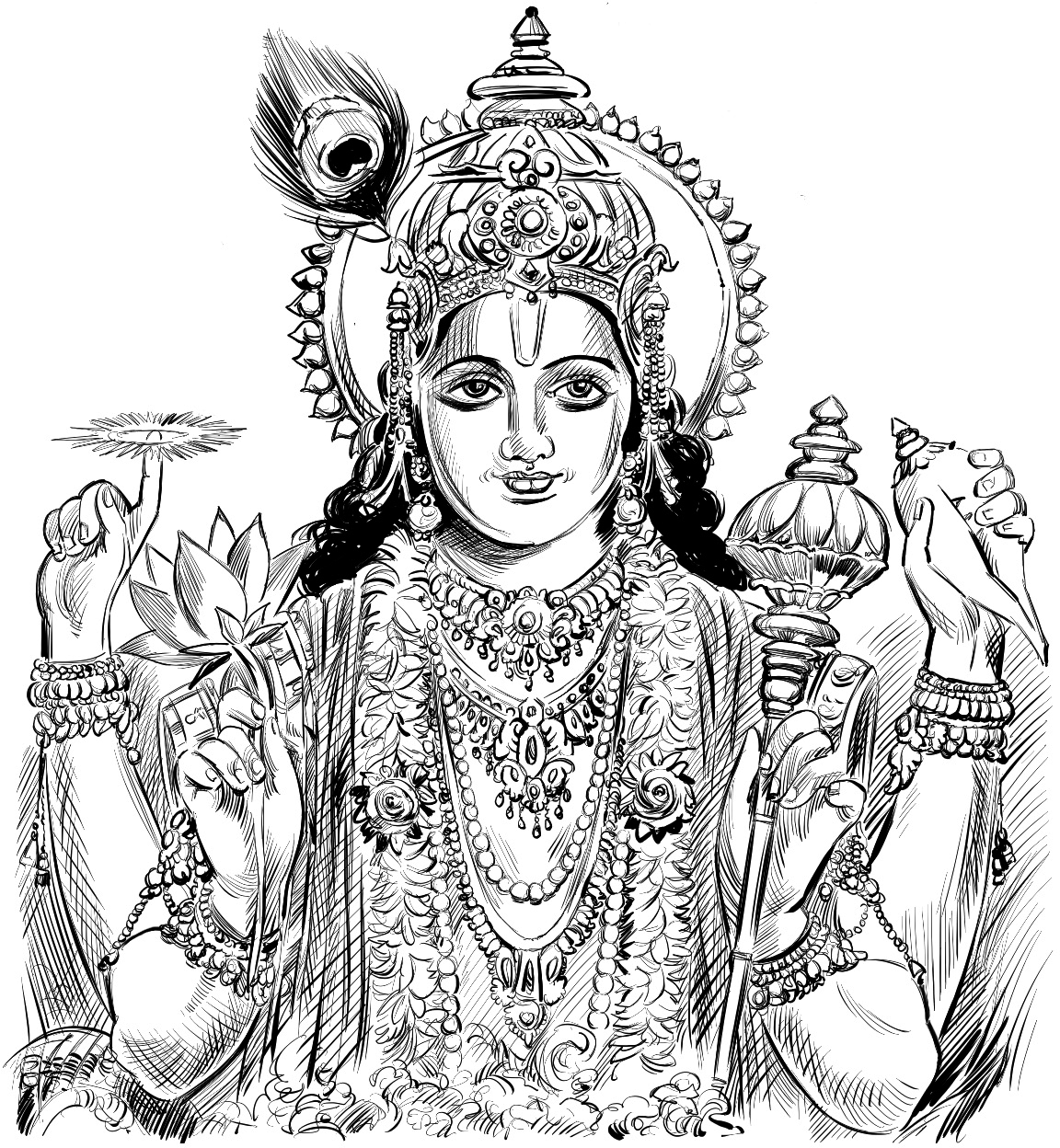On March 12, 1930, sixty-year-old Mohandas Gandhi set out from his home in Ahmedabad, India, with seventy-eight men and women at his side. They walked 240 miles along winding, dusty roads. It took twenty-four days in the hot sun to reach the town of Dandi on the western coast. Gandhi spoke with villagers all along the way. By the end of his journey, several thousand people had joined him.
When the marchers arrived in Dandi, they prayed. The next morning, April 6, on the shore of the Arabian Sea, Gandhi picked up a lump of salt from the mud. By doing so, he broke the law. This peaceful act was powerful. It united many Indians against the unfair Salt Act laws. The Salt Acts stated that Indians could not gather, make, or sell their own salt. Instead they had to buy it from the British, who ruled India from 1858 to 1947. Salt was a basic need in Indian households to flavor food. After Gandhis small but brave action, Indians all over the country began to gather and sell their own salt. Gandhis Salt March started India on a path to freedom from British rule.
Mohandas Gandhi fought for freedom in India. But he did not fight with weapons. He believed words and actions were more powerful than violence. Above all, he had a simple message-to find truth through love and caring for others. People called him Mahatma, which means Great Soul.
Chapter 1
Child Groom
Mohandas Karamchand Gandhi was born on October 2, 1869, in Porbandar, India. Porbandar was a small state on the western coast of a very large country. Mohandas, called Mohan by his family, grew up with his mother, father, two half sisters from his fathers previous marriages, oldest brother Laxmidas, sister Raliatbehn, and brother Karsandas. Mohan was the youngest. His father, Karamchand, was the diwan, or political leader, of Porbandar. The large family lived well, with servants, in a three-story house.


Mohan grew up in a country with deep Hindu traditions. His mother, Putlibai, was especially religious. Every day, she went to the temple for worship. She prayed before meals. Sometimes she fasted, or gave up food, to show her devotion to God. During one period of four months during the rainy season, Putlibai said she would not eat until the sun came out. Gandhi later said, We children on those days would stand, staring at the sky, waiting to announce the appearance of the sun to our mother. His mothers devotion left a big impression on little Mohan. He saw her as a saint.
When Mohan turned seven, his family moved from Porbandar to the more inland city of Rajkot. At school, Mohan was an average student and extremely shy.
My books and my lessons were my sole companions, he said. As soon as school ended, he would run home. He did not want to have to talk to anyone or risk someone making fun of him.
Mohan was also very fearful as a child, and even into adulthood. He was afraid of thieves, snakes, ghosts, and most especially the dark.
Hindu parents arranged the marriages of their children. When Mohan was only seven, his parents had betrothed (or promised) him to a girl. Kasturbai was the same age as Mohan. She was the daughter of a merchant in Porbandar who was a good friend of Mohans father. When Mohan and Kasturbai turned thirteen, they would be married.
Later in life, Gandhi was very outspoken against the idea of child marriage. I can see no moral argument in support of such a preposterously early marriage, he wrote. But during his own wedding, Gandhi enjoyed himself. Everything on that day seemed to me right and proper and pleasing, he said. The wedding was a huge party with many guests, colorful parades, and much celebration.
The bride and groom were fond of each other. But marriage was not easy. Mohan and Kasturbai had to learn how to be a husband and a wife. The preparations, wedding, and new married life interrupted Mohans studies. He had to take a year off before he returned to school.
RELIGION IN INDIA
HINDUISM IS STRONGLY LINKED TO THE PEOPLE AND CULTURE OF INDIA. THIS SET OF BELIEFS AND TRADITIONS DOES NOT EMBRACE ONE SINGLE GOD OR PROPHET. IT DOES INCLUDE THE BELIEF IN A UNIVERSAL SPIRIT, CALLED BRAHMAN, WHO CAN TAKE THE FORM OF MANY DIFFERENT GODS AND GODDESSES. HINDUISM IS DIVIDED INTO MANY SECTS AND SUBGROUPS, OF WHICH VAISHNAVISM AND SHAIVISM ARE THE LARGEST AND MOST POPULAR. GANDHIS FAMILY MEMBERS WERE VAISHNAVA HINDUS. THEY WORSHIPPED THE GOD VISHNU.

